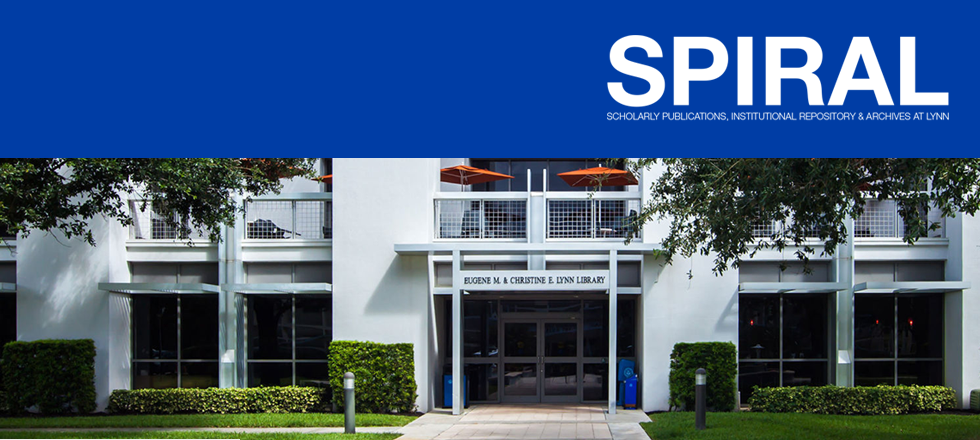A Quantitative Longitudinal Study Using Astin's I-E-O Model to Predict College STEM Versus Non-STEM Major Choice Among Women
Document Type
Dissertation
Publication Date
5-2019
Abstract
This quantitative longitudinal study sought to highlight the difference between the proportion of men and women who planned to pursue a STEM major in the fields of mathematics, natural sciences, engineering, and computer and information sciences as freshmen, as well as to determine the proportion of men and women who changed their major choice by their senior year. In addition, the researcher sought to identify women students’ unique background characteristics and college experiences that have taken place over the course of their undergraduate college career that may have predicted their declared major choice (STEM versus non-STEM) as seniors. A review of the literature, along with Astin’s Involvement Theory, encouraged the hypothesis that college experiences influence women’s college major choice: STEM versus non-STEM. Secondary data obtained from the Cooperative Institutional Research Program at the higher Education Research Institute was used. The sample was delimitated to include only full-time undergraduate students who were graduating in 2012 or 2013. Five research questions were addressed in this study. Astin’s (1993) Input-Environment-Outcome Model was used as a conceptual framework. Descriptive (frequencies and percentages) and inferential (chi-square test and discriminant analysis) statistics were used to analyze the data. The results found a statistically significant difference between the proportion of men and women who planned to pursue a STEM major as freshmen as well as the proportion of men and women who changed their major choice from STEM to non-STEM. Discriminant analysis was used to predict group membership of STEM versus non-STEM major choice among women. It was found that many variables had an impact on predicting STEM group membership among women: satisfaction with college math and science courses, high school GPA, SAT score, high self-ratings of problem-solving skills and mathematical ability, and participating in undergraduate research. There were also variables that had a greater ability of predicting non-STEM group membership. The findings from this study will hopefully inform policy and practice. Implications for policy, practice, and future research are included.
Publication
Florida Atlantic Digital Library
Publisher
Florida Atlantic University
City/State
Boca Raton, FL
Department
College of Arts and Sciences
Recommended Citation
Berchiolli, P. (2019, May). A quantitative longitudinal study using Astin's I-E-O model to predict college STEM versus non-STEM major choice among women [Doctoral dissertation, Florida Atlantic University]. Florida Atlantic University Digital Library. http://purl.flvc.org/fau/fd/FA00013186


